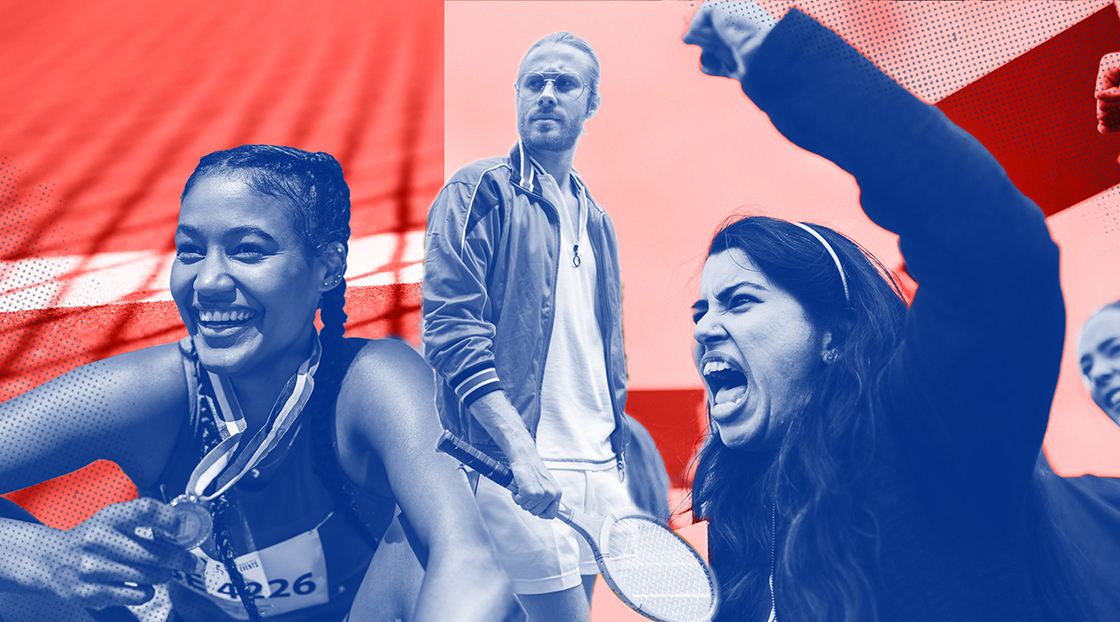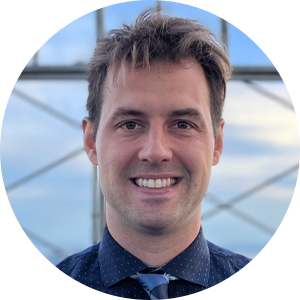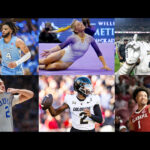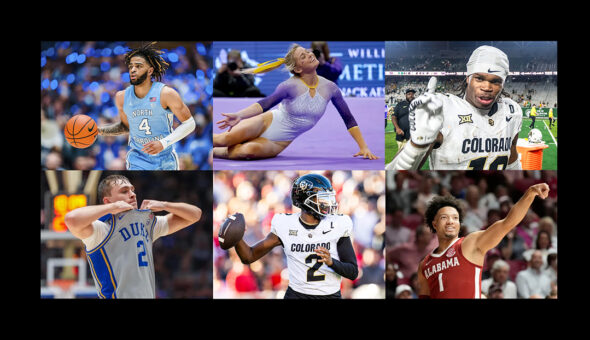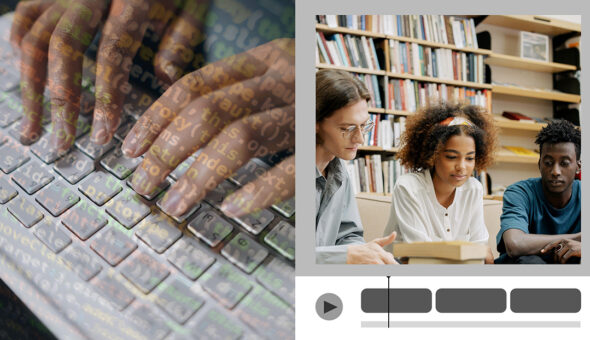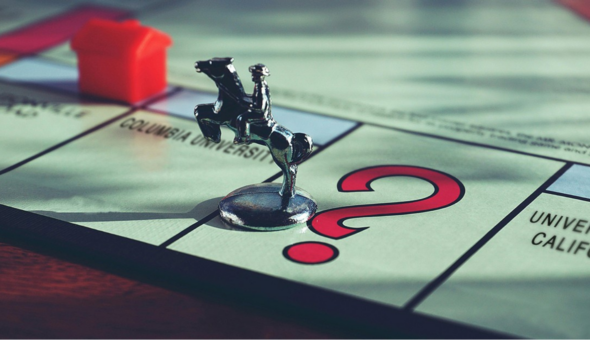Dave Meluni grew up playing baseball in upstate New York. He was one of very few athletes talented enough to earn a roster spot at the university level.
Meluni didn’t get a scholarship when he played for NCAA Division III Ithaca College from 1997 to 2000, but he rubbed shoulders with plenty of Division I peers, whose tuitions were covered by their respective schools, in the New England Collegiate Baseball League.
Approximately half of the players he faced in the NECBL, an annual summer league for college players, would go on to be drafted into Major League Baseball. Some eventually made their big league clubs’ rosters and actually played at the highest level. Yet despite the promise they showed as collegiate athletes and, more importantly, the impact they had on their schools, many were still broke by the time they moved on.
Meluni scored a graduate assistant marketing job at Florida State, where the football team had just won a national championship. He then moved to Syracuse, where 18-year-old freshman Carmelo Anthony led the school’s basketball team to its first national title in more than 75 years. Meluni saw first-hand the hundreds of millions in revenue generated by the schools’ athletics successes. Endowments skyrocketed as boosters opened up their checkbooks; businesses banged down the doors for the chance to become sponsors; student applications soared; and season tickets became the hottest commodities in town.
The athletes’ thanks for it all? Nothing, at least financially. In fact, student-athletes who received any money for their time on the field, court or ice would be suspended and sometimes even banned permanently.
